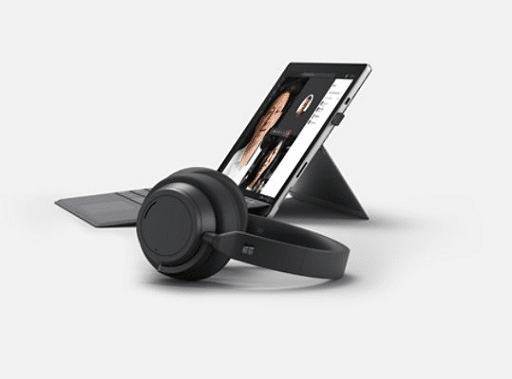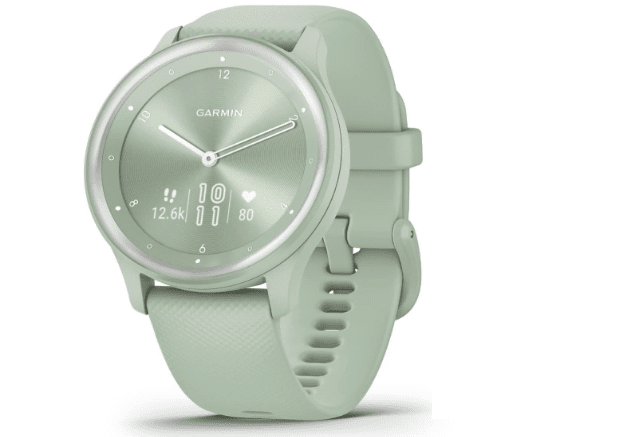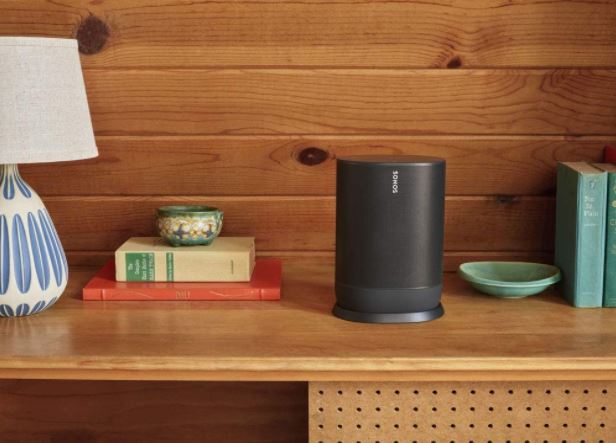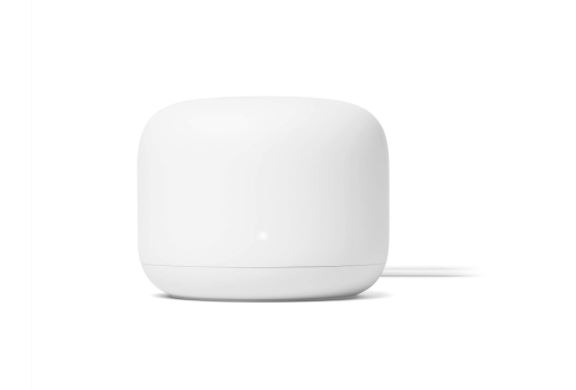In 2021, Jabra released the Enhance Plus wireless earbuds, which are self-programmable devices designed for persons with mild to severe hearing loss. There was reason to be optimistic because Jabra’s subsidiary firms included prominent hearing aid brands such as Beltone and ReSound.
Could consumers achieve the performance and sound quality of standard hearing aids, which generally cost thousands of dollars, for only $800? We put them to the test to find out.
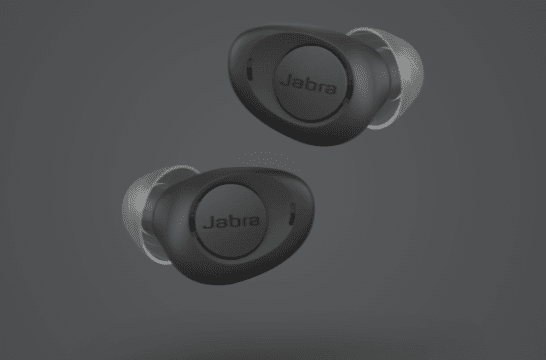
Jabra Enhance Plus Design
Even for a pair of earbuds, the Jabra Enhance Plus is pretty compact. According to Jabra, they are 40% smaller than the Elite 7 Pro. Dark grey and gold beige are the two-color possibilities.
The component that sits in the ear canal is protected with a soft, flexible coating known as an EarGel. The Enhance Plus is equipped with medium-sized EarGels, and the box includes EarGels in two other sizes.
Insert the Enhance Plus by inserting the earbud into your ear and twisting downward. The EarGel will be placed just within the ear canal, forming a snug but comfortable seal. They’re light enough to wear for the entire 10 hours of battery life. The charging cord is fairly short, but the case has a charge capacity of roughly 30 hours, so you’ll only need to plug it in every few days.
The Jabra Enhance smartphone app (iOS only) is used to operate the earbuds, although each earbud has its own physical control button. The button on the left earbud allows you to lower the volume or mute the microphone. The button on the right side adjusts the volume and answers or rejects calls.
You can also read: Nano Hearing Aids: How Good are They?
How to Setup Jabra Enhance Plus
The Enhance Plus is only compatible with certain Apple iPhone models (sorry, Android people), and full functioning (including hands-free calls) requires an iPhone 11 or newer running iOS 15.1 or later. The entire list of compatible iPhone models may be seen on Jabra’s support website.
The earbuds can be paired using the app, but none of the three times I tried it worked. I had to couple them in the Accessibility settings’ Hearing Devices section. It’s not difficult, but it’s worth noting since if you’re used to pairing ordinary wireless earphones, you might not understand that hearing aids designed for iPhones are controlled through a separate menu.
After you’ve paired the earphones, you’ll need to program the hearing aids by launching Personalization. The app plays a succession of tones with varying pitches and volumes throughout Personalization. You tap the screen whenever you hear a sound.
Based on the sounds you can hear, your “baseline personalization profile” will be put into the earphones. Following that, the app asks you to listen to an audio of a discussion at a crowded restaurant.
You can select Normal to preserve your baseline programming, Clear to increase treble frequencies while decreasing bass, or Full to enhance bass frequencies while decreasing treble. It merely takes a few minutes to set up and program the device.
You can also read: Best True Wireless Earbuds
Jabra Enhance Plus is a Program for every environment
The Jabra Enhance Plus, like most hearing aids, has several listening modes for different scenarios. Adaptive mode automatically enhances certain noises while filtering out others based on what it believes you need to hear.
Focus mode eliminates background noise and focuses on adjacent noises, such as the person you’re speaking with, using the directional microphones. Surround mode increases ambient sound, making it an excellent choice for going for walks or working in crowded public places.
All three modes were beneficial. The surround was used whether wandering about the neighbourhood or driving. It was pleasant to hear the birds as well as approaching trucks or individuals riding by. I could enjoy the walk while hearing everything I needed to know to stay safe.
Listening to my spouse’s voice over all the other sounds on a dog walk was overpowering. That’s when I switched to Focus mode. I could still hear the background noise, but his voice was louder than everything else. However, I did not get the opportunity to test Focus mode at loud gatherings or restaurants.
I primarily used the adaptive mode. It has a wonderful amplification mix. While watching TV or working, I can clearly hear whatever I’m listening to, but I don’t miss sounds like the dishwasher cycle ending or the front door closing.
You can also read: Noise Cancelling Earbuds with Built-in Mics for Clear Call
The Sound quality
Because the Enhance Plus are Bluetooth-enabled, they may be used in the same way as any other Bluetooth headset. My Bluetooth hearing aid was actually superior to my traditional hearing aid. My hearing aid can’t always keep a decent connection with my phone, even when it’s simply in my back pocket, but the Enhance Plus did.
Even when compared to my previous hearing aid, the Jabra Enhance Plus has amazing sound quality. The majority of the time, everything came across clearly without any effort on my part.
When the noises were murky, I could solve it by turning up the volume a little. There was never even the slightest suggestion of tinniness.
I rarely listen to music with my regular hearing aid since it sounds a little flat. Music, on the other hand, sounded fantastic with the Enhance Plus. I had no idea how many subtleties I’d been missing in some of my recent favorites, such as Parannoul’s White Ceiling. Orchestral music was also enjoyable to listen to—nothing nerdy here, just the K-Pop Orchestral Ensemble.
It’s a great challenge for me to find audiobooks and podcasts that I can understand with just one hearing aid. Some voices simply mix into incomprehensible noise. Surprisingly, I did not experience this issue using the Enhance Plus earbuds. I had no trouble keeping up whether I listened via both headphones or just my deaf ear.
The same was true for phone calls. I performed a test by listening with both headphones and then removed the right one. When I removed the right earbud, everything became quieter, but I didn’t need to change any settings or boost the volume at all.
The entire exchange was easily understood by me. My good ear wasn’t masking poor performance; the Jabra Enhance Plus is just that fantastic.
My only gripe is occlusion. The occlusion effect gives you the impression that you can hear every sound you make. It’s a little disconcerting to hear the echoey sound of my own voice and the movement of my jaw. I could even hear my own heartbeat when I wore both hearing aids.
I experienced this issue with all EarGel sizes, so it appears to be a design flaw. It’s not specific to the Jabra Enhance Plus—it may happen whenever an earbud or other object gets in the way of the ear canal—but it could be a deterrent to people wearing their hearing aids as frequently as they should.
Would you like to read more about Jabra Enhance Plus-related articles? If so, we invite you to take a look at our other tech topics before you leave!
![]()







